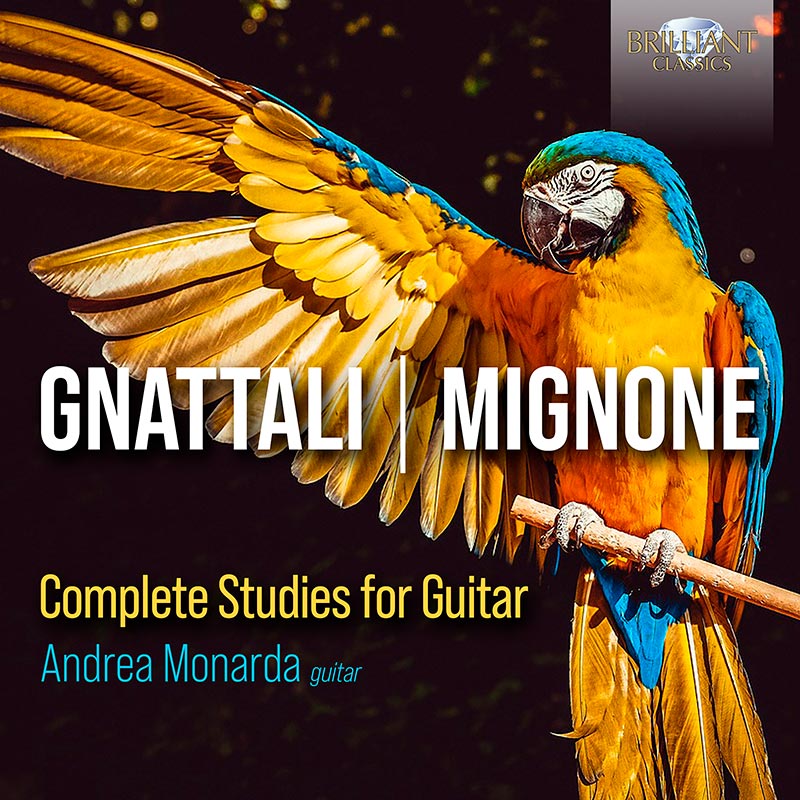
© 2022 Brilliant Classics
Andrea Monarda – guitar
Just like football and coffee, the guitar is inextricably linked with Brazil in the collective imagination. Despite its significance to the country’s musical identity, its contribution to Brazilian musical culture has had its ups and downs: the major class divide in the colonial period saw the guitar dismissed as an instrument of the common, uneducated populace, in contrast to the piano, which represented the aspirations of the wealthier middle classes. The instrument’s popular repertoire was played by ear, without needing to be able to read music. However, things began to change in the early twentieth century. Although the national press continued to disparage the instrument, people cautiously began to organise the first solo concerts, and in 1916, following a performance by Canhoto (a Brazilian player with Italian parents), the guitar won over both the media and the Brazilian elite. It was the start of a new era for the guitar, and various Italian luthiers moved to the New World, taking advantage of the great market opportunities Brazil offered to turn their craft production into a more industrial enterprise. It should be noted that the guitar’s status as a national symbol stemmed from an identity-building process that combined various elements. This mix of cultural influences can be seen in the compositions of Radamés Gnattali (1906–1988), who used elements of popular music in his supposedly high-brow compositions, blurring the boundary between two styles.
[…] Francisco Mignone (1897–1986), a Brazilian composer, pianist and conductor and another son of migrant Italian parents, was considered a ‘nationalist’ by scholars and ‘high-brow’ by those from the world of popular music. Before gaining recognition as a ‘serious’ composer, he found fortune in the popular genre under the pseudonym Chico Bororó, composing many valsas and maxixe with a folk influence that remained embedded in all his later work. Mignone’s vast number of compositions for guitar includes two large cycles – the Estudos and the Valsas – which showcase exceptional technical flair and impressive stylistic versatility, delving into everything from popular music to serialism. The cycle of Doze estudos for guitar, written in August and September 1970, was commissioned and published by Antonio Carlos Barbosa Lima. Mignone’s friendship with the great guitarist piqued his interest in the instrument, and resulted in several revisions to the studies.
From the liner notes by Miriam Baumann De Pasquale
© 2025 Andrea Monarda